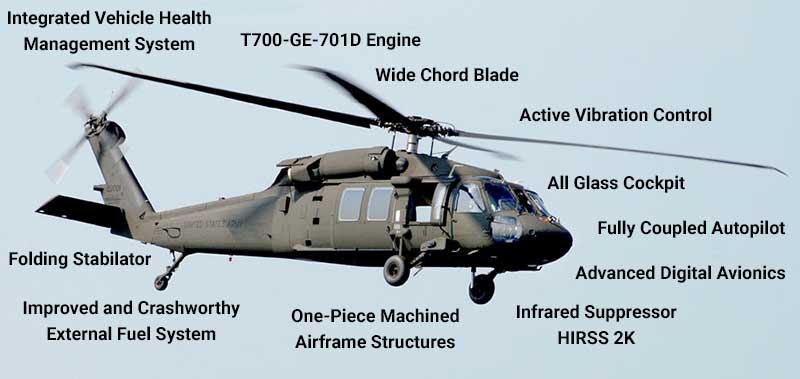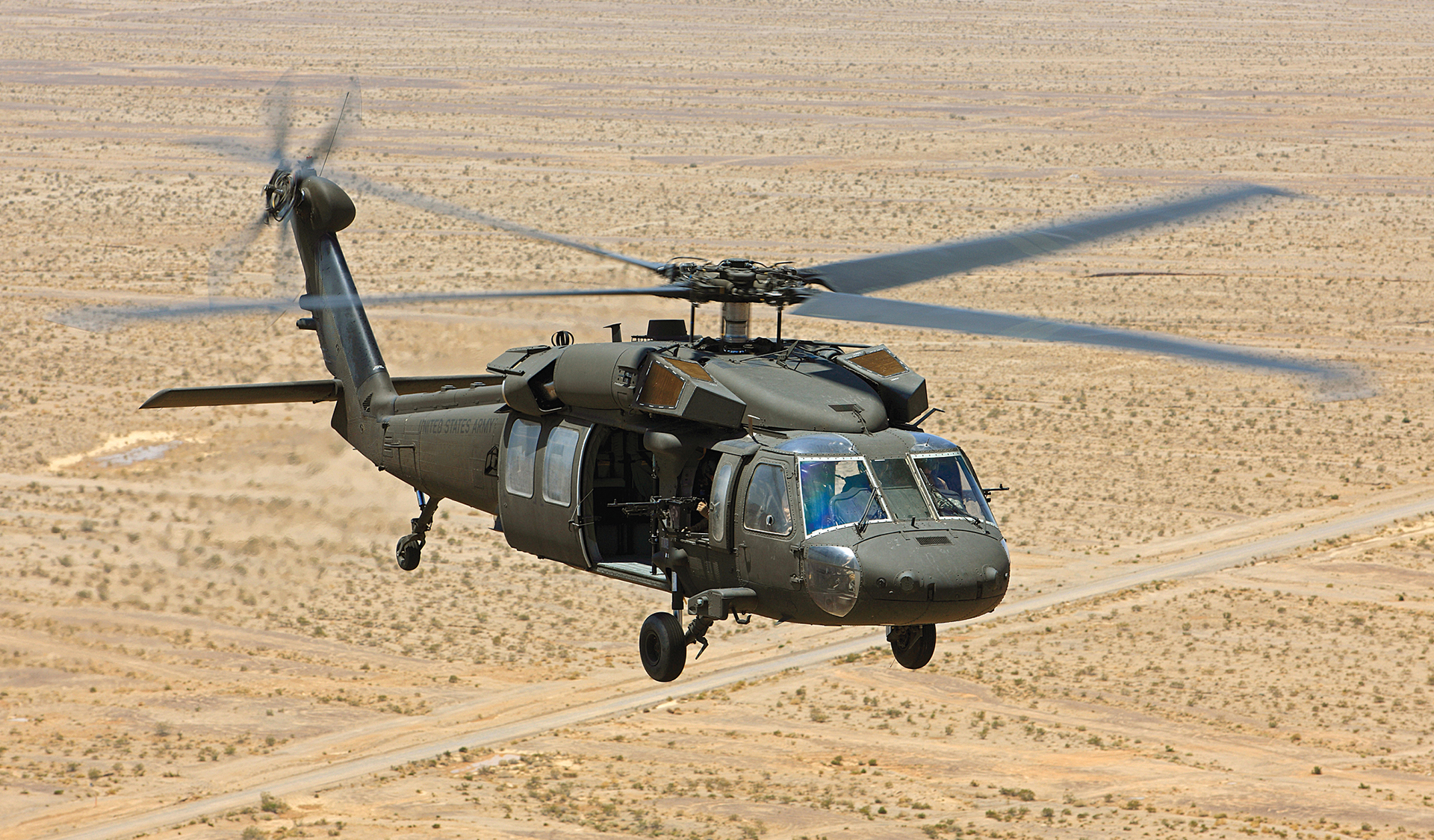Grasping the Skies: UH 60 Helicopter Maintenance List
Grasping the Skies: UH 60 Helicopter Maintenance List
Blog Article
Navigating Uh 60 Helicopter Rules and Compliance Demands

Regulatory Framework Introduction
The regulatory framework governing UH-60 helicopter operations incorporates a complicated collection of policies and requirements developed by air travel authorities. These policies are made to make sure the secure and effective operation of UH-60 helicopters in various atmospheres. The Federal Aviation Administration (FAA) plays a central duty in establishing and applying these policies, which cover a vast range of operational aspects, including airworthiness requirements, pilot certifications, maintenance needs, and operational procedures.
Conformity with these guidelines is crucial for helicopter drivers to preserve the highest degree of safety and operational stability. Failure to stick to these guidelines can cause serious effects, consisting of mishaps, injuries, and regulatory permissions. Helicopter operators should remain informed regarding the most current regulative growths and make sure that their procedures are in complete compliance with all relevant rules and criteria.
Airworthiness Inspections and regulations
In the middle of the regulative structure controling UH-60 helicopter operations, an important focus pushes compliance with Airworthiness Directives and carrying out detailed assessments to maintain safety and security criteria and functional reliability. Airworthiness Directives (Advertisements) are provided by air travel authorities to resolve hazardous conditions in airplane, consisting of the UH-60 helicopter, and mandate details activities to be taken by drivers or owners. Conformity with Advertisements is required, and failure to adhere to these instructions can cause major effects, including grounding of the aircraft.
Regular evaluations are vital to making certain the airworthiness of UH-60 helicopters. These inspections include a series of checks, from regular day-to-day evaluations performed by pilots before and after trips to extra comprehensive scheduled maintenance assessments performed by certified mechanics. Additionally, unique evaluations may be needed based on particular problems or events. By sticking to a stringent assessment program, drivers can detect and deal with possible issues without delay, consequently boosting the safety and security and integrity of UH-60 helicopter procedures.
Pilot Qualifications and Training

Pilot training for UH-60 helicopters is detailed and covers a broad array of subjects, consisting of airplane systems, emergency treatments, navigating, and mission-specific training. In addition, pilots undergo simulator training to exercise numerous emergency situations in a controlled setting. This training helps pilots establish the required skills to this link manage tough circumstances efficiently.


Furthermore, recurring training and expert development are essential for UH-60 pilots to remain existing with the current laws, technology, and ideal practices. By buying pilot qualifications and training, drivers can improve security, maximize performance, and make certain compliance with regulative demands in the operation of UH-60 helicopters.
Operational Limitations and Demands
Pilot qualifications and training serve as the foundation for comprehending the functional limitations and requirements connected with UH-60 helicopter procedures (uh 60). These functional restrictions are put in place to make certain the security of the team, guests, and the aircraft itself. Operational restrictions might consist of factors such as weather condition conditions, weight limitations, altitude restrictions, and functional borders. It is crucial for pilots to be skilled in these restrictions to make educated decisions during flight procedures. Additionally, compliance requirements, such as sticking to particular flight paths, interaction procedures, and emergency treatments, are essential for preserving operational security and regulatory compliance. Pilots have to stay present with all operational restrictions and demands via normal training, rundowns, and evaluates to alleviate threats and guarantee reliable and safe UH-60 helicopter operations. By prioritizing adherence to these operational guidelines, pilots can boost the total safety and performance of their objectives while maintaining regulative standards.
Emergency Procedures and Compliance Screening
Effective emergency situation treatments and thorough compliance testing are vital components of keeping functional safety and governing adherence in UH-60 helicopter operations. Emergency situation procedures include methods for numerous situations, consisting of engine failures, fires, hydraulic concerns, and a lot more. Pilots and crew participants need to be skilled in these procedures to react swiftly and properly in emergencies. Regular conformity testing makes certain that the helicopter meets all governing requirements established forth by aeronautics authorities. This screening involves detailed assessments, checks, and assessments to validate that the aircraft is airworthy and in conformity with all relevant guidelines.
Furthermore, conformity testing may involve simulations of emergency situation circumstances to examine the team's response and the helicopter's efficiency under anxiety. By focusing on emergency situation treatments and conformity screening, UH-60 drivers can mitigate dangers and demonstrate their dedication to safety and governing conformity.
Verdict
In verdict, adherence to browse this site regulatory framework, conformity with airworthiness regulations, pilot credentials and training, operational restrictions, and emergency procedures are necessary for browsing the regulations and requirements of running a UH-60 helicopter. uh 60. It is important for drivers to focus on safety and security and ensure full compliance with all applicable policies to maintain the airworthiness and functional stability of the airplane
Browsing the regulative landscape bordering UH-60 helicopter procedures requires a nuanced understanding of click here for more info the intricate internet of policies and compliance needs.Compliance with these laws is vital for helicopter operators to keep the highest degrees of safety and operational stability.In the middle of the regulatory structure governing UH-60 helicopter operations, a vital focus lies on compliance with Airworthiness Directives and performing complete assessments to promote security criteria and operational integrity.Efficient emergency situation procedures and thorough compliance screening are important components of keeping operational safety and security and regulative adherence in UH-60 helicopter operations. Normal conformity screening guarantees that the helicopter satisfies all governing requirements set forth by aviation authorities.
Report this page